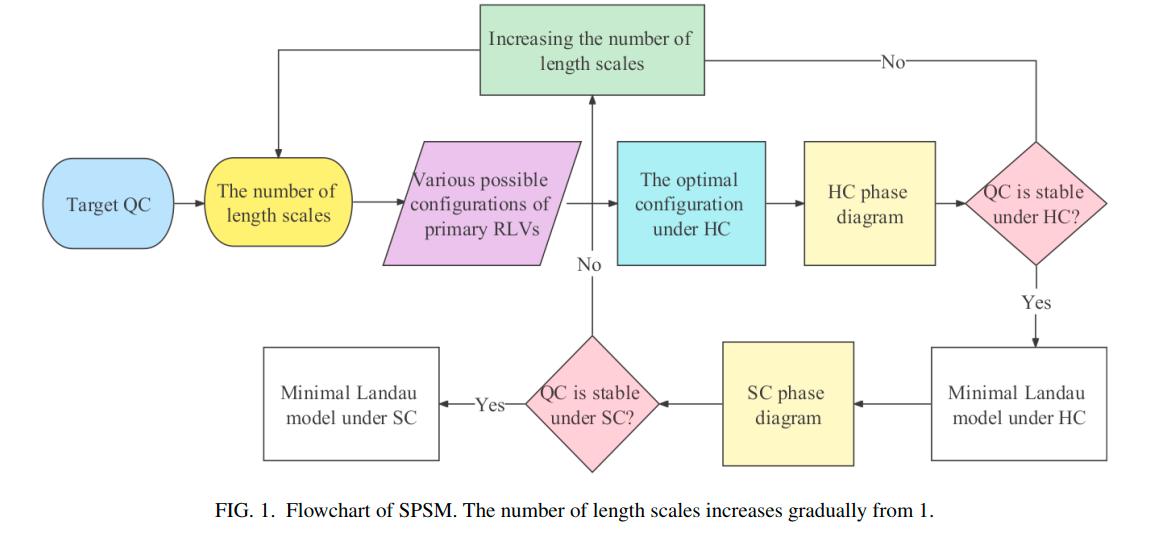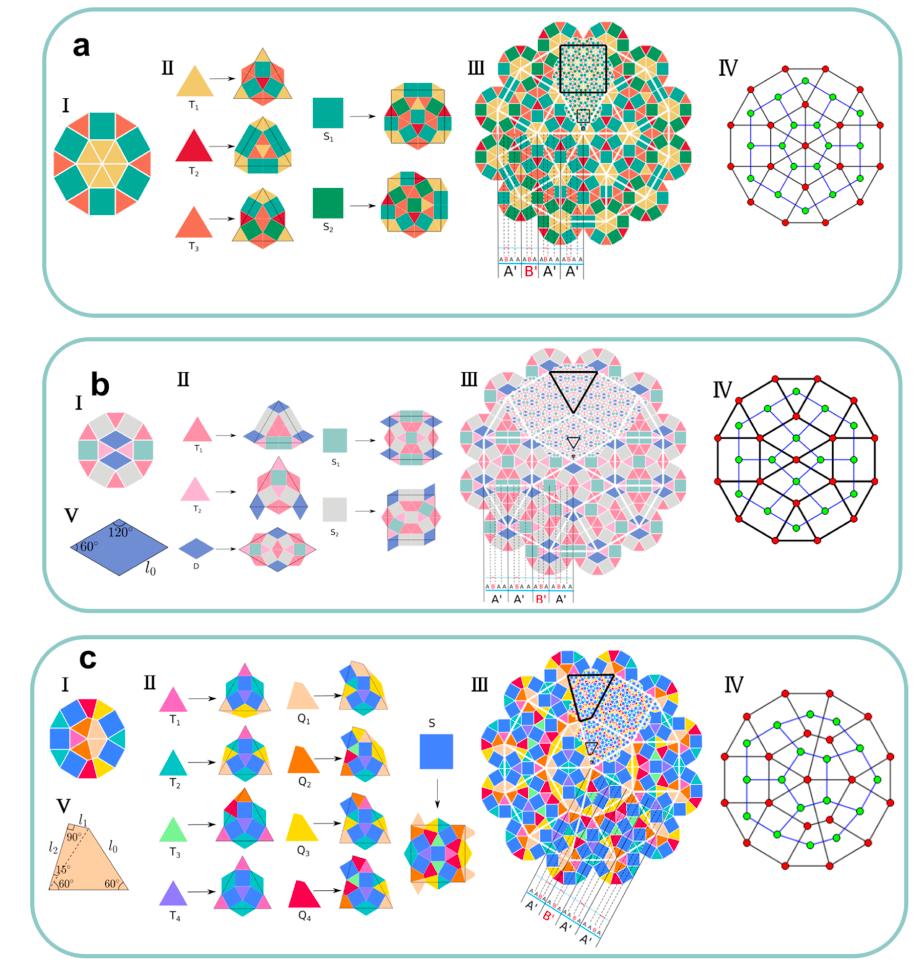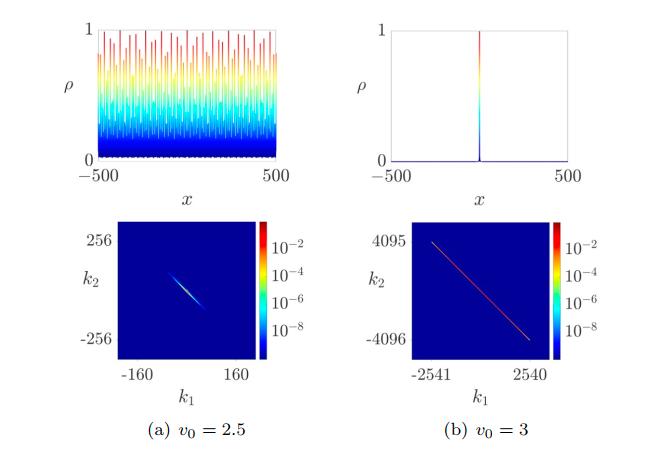Pingwen Zhang
Professor of Wuhan Univeristy and Peking University
Wuhan University
Peking University
Biography
- Academician of Chinese Academy of Sciences
- Fellow of The World Academy of Sciences(TWAS) for the advancement of science in developing countries
- President of Wuhan University
- Professor of Wuhan University
- Boya Chair Professor of Peking University
- Director of National Engineering Laboratory for Big Data Analysis and Applications
- President of China Society for Industry and Applied Mathematics (CSIAM)
- Fellow of Society for Industrial and Applied Mathematics (SIAM)
- Vice President of the 11th Council of the Chinese Institute of Electronics
- Modeling and Simulation of Soft Matter (Complex Fluids)
- Applied Analysis And Numerical Analysis
- Big Data Analysis and Applications
-
Ph.D. in School of Mathematical Sciences, 1992
Peking University
-
B.S. in School of Mathematical Sciences, 1988
Peking University
Honors
- Science and Technology Progress Award by Ho Leung Ho Lee Foundation (2021)
- Fellow of China Society for Industrial and Applied Mathematics (2020)
- Fellow of Society for Industrial and Applied Mathematics (2020)
- Fellow of The World Academy of Sciences for the advancement of science in developing countries (2016)
- Academician of Chinese Academy of Sciences (2015)
- National Prize of Natural Sciences (Second-prize)(2014)
- Academic leader of Science Fund for creative research groups of the National Natural Science Foundation of China (2014)
- The First Prize of Natural Science Award of the Ministry of Education (2007)
- National Science Foundation for Distinguished Young Scholars (2002)
- Changjiang distinguished professor (2002)
- Feng Kang Prize of Scientific Computing (1999)
- Invited Speaker, 2018 International Congress of Mathematicians (ICM2018)
- Invited Speaker, 2014 SIAM Annual Meeting (SIAM2014)
- Invited Speaker, 7th International Congress on Industrial & Applied Mathematics (ICIAM 2011)
- Chair of Sub-Committee of Academic, 8th International Congress on Industrial and Applied Mathematics (ICIAM 2015)
- President of China Society for Industry and Applied Mathematics (CSIAM)
- Vice President (2002-2006, 2010-2014), China Society for Computational Mathematics (CSCM)
Selected Publications

Interparticle interactions with multiple length scales play a pivotal role in the formation and stability of quasicrystals. Choosing a minimal set of length scales to stabilize a given quasicrystal is a challenging problem. To address this challenge, we propose a symmetry-preserving screening method (SPSM) to design a Landau theory with a minimal number of length scales-referred to as the minimal Landau theory-that includes only the essential length scales necessary to stabilize quasicrystals. Based on a generalized multiple-length-scale Landau theory, SPSM first evaluates various spectral configurations of candidate structures under a hard constraint. It then identifies the configuration with the lowest free energy. Using this optimal configuration, SPSM calculates phase diagrams to explore the thermodynamic stability of desired quasicrystals. SPSM can design a minimal Landau theory capable of stabilizing the desired quasicrystals by incrementally increasing the number of length scales. Our application of SPSM has not only confirmed known behaviors in 10-and 12-fold quasicrystals but also led to a significant prediction that quasicrystals with 8-, 14-, 16-, and 18-fold symmetry could be stable within three-length-scale Landau models.

Quasicrystals are intriguing ordered structures characterized by quasiperiodic translational and noncrystallographic rotational symmetry. The tiling of different geometric units such as triangles and squares in two-dimensional space can result in a great variety of quasicrystals that could be realized by the self-assembly of liquid crystalline molecules. In this study, we introduce three self-similar dodecagonal tilings, including a novel diamond–square–triangle pattern, composed of triangular and quadrangular tiles, and examine their thermodynamic stability by using the self-consistent field theory applied to T-shaped liquid crystalline molecules. Specifically, we detail the inflation rules for the construction of these dodecagonal tilings, analyze their self-similarity, and show that these tilings can be viewed as projections of higher-dimensional periodic lattice points with projection windows. Using these dodecagonal tilings as initial configurations of the SCFT results in solutions corresponding to quasicrystals that could form from T-shaped liquid crystalline molecules. The relative stability of these aperiodic phases is analyzed to obtain design rules that could stabilize quasicrystals. Meanwhile, we provide a criterion for distinguishing three dodecagonal quasicrystals and their approximants by analyzing their diffraction peaks. These findings shed new light on the discovery of new quasicrystals in soft materials.

In this paper, we propose a new algorithm, the irrational-window-filter projection method (IWFPM), for quasiperiodic systems with concentrated spectral point distribution. Based on the projection method (PM), IWFPM filters out dominant spectral points by defining an irrational window and uses a corresponding index-shift transform to make the FFT available. The error analysis on the function approximation level is also given. We apply IWFPM to one-dimensional, two-dimensional (2D), and three-dimensional (3D) quasiperiodic Schro'‘textbackslashdinger eigenproblems (QSEs) to demonstrate its accuracy and efficiency. IWFPM exhibits a significant computational advantage over PM for both extended and localized quantum states. More importantly, by using IWFPM, the existence of Anderson localization in 2D and 3D QSEs is numerically verified.
Recent Publications
Editors
2020 - CSIAM Transactions on Applied Mathematics (Editor in Chief)
2014 - Multiscale Modeling & Simulation, A SIAM Interdisciplinary Journal
2013 - Science China Mathematics
2012 - Discrete and Continuous Dynamical System-B
2011 - Journal of Mathematics in Industry (Coordinating Editors)
2010 - Applied Mathematics and Mechanics;(Associate Chief Editor Since 2014)
2007 - Journal of Computational Mathematics
2006 - Communications in Computational Physics
2006 - International Journal of Nonlinear Science
2005 - Communication in Mathematical Sciences
2005 - Journal of Information and Computational Science
2005 - 2013 SIAM Journal on Numerical Analysis
2002 - Applied Mathematical Research Express (AMRX)
2010 - Advances in Mathematics
2007 - Journal of Engineering Mathematics (China)
2006 - Journal of Mathematics (China)
2004 - Journal of Computational Mathematics (China)
2004 - Journal of Computational Physics (China)
2004 - Northeast Mathematical Journal (China)
Courses
- 2021
- Discussion on Multiscale Physical Problems (00112510)
- Research Based Learning
- 2020
- Discussion on Multiscale Physical Problems (00112510)
- Big Data Modeling Method (00101819)
- 2019
- Discussion on Multiscale Physical Problems (00112510)
- Numerical Analysis (00130560)
- 2018
- Discussion on Multiscale Physical Problems (00112510)
- Numerical Analysis (00130560)
- 2017
- Discussion on Multiscale Physical Problems (00112510)
- Big Data Modeling Method (00101819)
- 2016
- Discussion on Multiscale Physical Problems (00112510)
- Research Based Learning
- 2015
- Discussion on Multiscale Physical Problems (00112510)
- Research Based Learning
- 2014
- Discussion on Multiscale Physical Problems (00112510)
- Multiscale Modeling and Computational Methods (00112690)
- Research Based Learning
- 2013
- Discussion on Multiscale Physical Problems (00112510)
- Research Based Learning
- 2012
- Discussion on Multiscale Physical Problems (00112510)
- Research Based Learning
- 2011
- Discussion on Multiscale Physical Problems (00112510)
- Multiscale Modeling and Computational Methods (00112690)
- 2010
- Discussion on Multiscale Physical Problems (00112510)
- Multiscale Modeling and Computational Methods (00112690)
- 2009
- Discussion on Multiscale Physical Problems (00112510)
- Multiscale Modeling and Computational Methods (00112690)
- 2008
- Discussion on Multiscale Physical Problems (00112510)
- Mathematical Theory of Inverse Problems (00112530)
- Finite Element Methods II (00111850)
- 2007
- Discussion on Multiscale Physical Problems (00112510)
- Mathematical Theory of Inverse Problems (00112530)
- Numerical Analysis (00130560)
- 2006
- Discussion on Multiscale Physical Problems (00112510)
- Computational Fluid Mechanics (00110820)
- Numerical Analysis (00130560)
- 2005
- Discussion on Multiscale Physical Problems (00112510)
- Mathematical Theory of Inverse Problems (00112530)
- Numerical Analysis (00130560)
- 2004
- Discussion on Multiscale Physical Problems (00112510)
- Applied PDE (00112780)
- Boundary Integral Methods (00113240)
- 2003
- Discussion on Multiscale Physical Problems (00112510)
- Mathematical Theory of Inverse Problems (00112530)
- Computational Methods B (00130280)
- 2002
- Discussion on Multiscale Physical Problems (00112510)
- Boundary Integral Methods (00113240)
- 2001
- Boundary Integral Methods (00113240)
- Introduction of Fluid Mechanics (00130640)
- 2000
- Fluid Mechanics II (00110770)
- Mathematical Theory of Inverse Problems (00112530)
- Computational Methods B (00130280)
- 1999
- Finite Element Methods II (00111850)
- 1997
- Numerical Algebra (00130550)
Contact
Ms. Ying Li
- School of Mathematical Sciences, Peking University
- Beijing, 100871, P. R. China
- Phone: 86-10-62757147
- Fax: 86-10-62757147
- Email: yanyanli @ pku.edu.cn